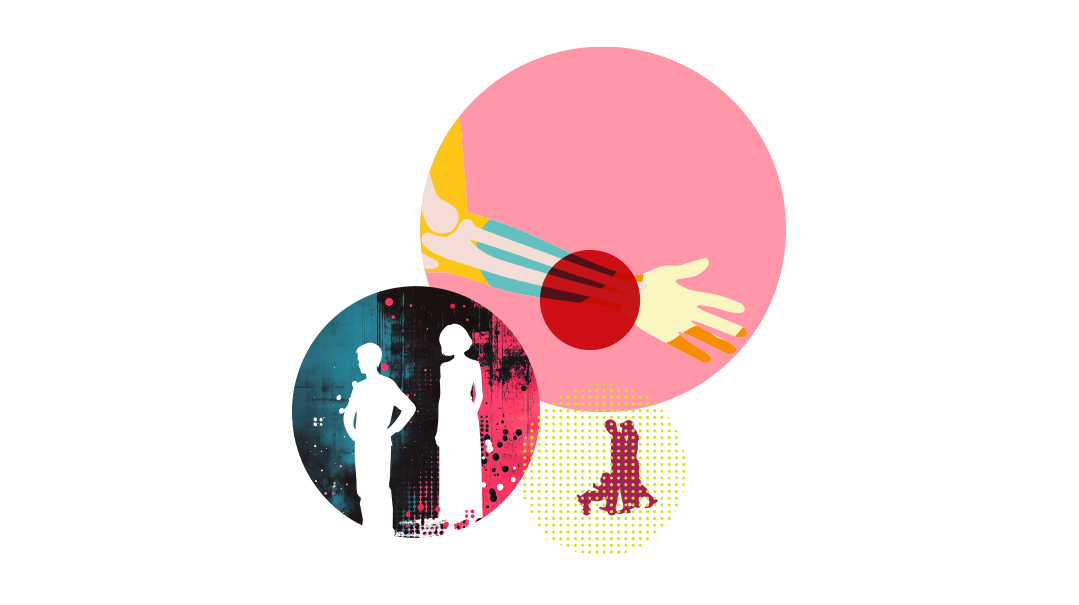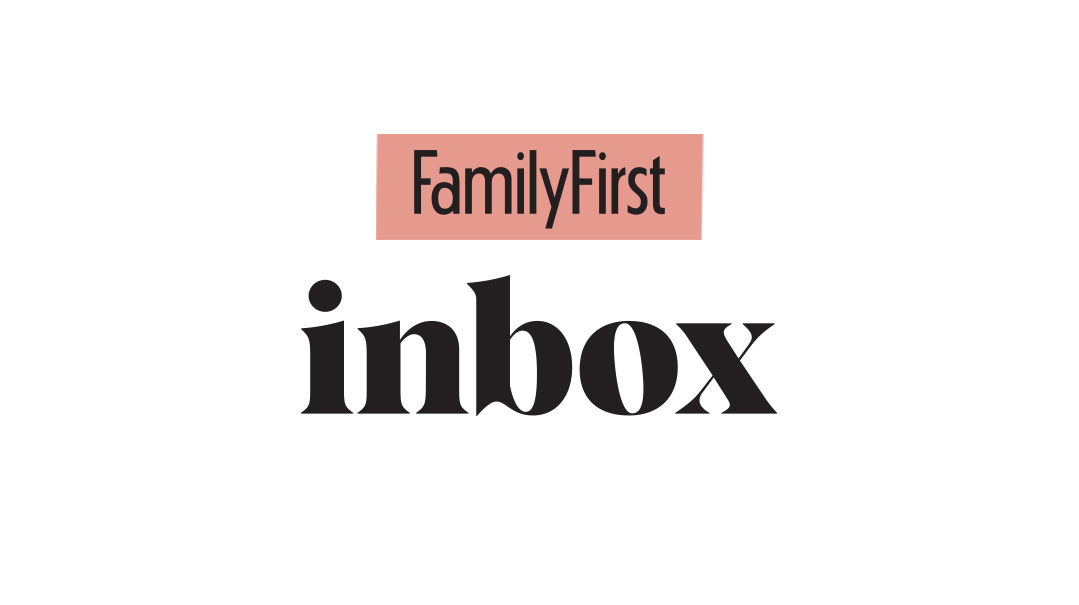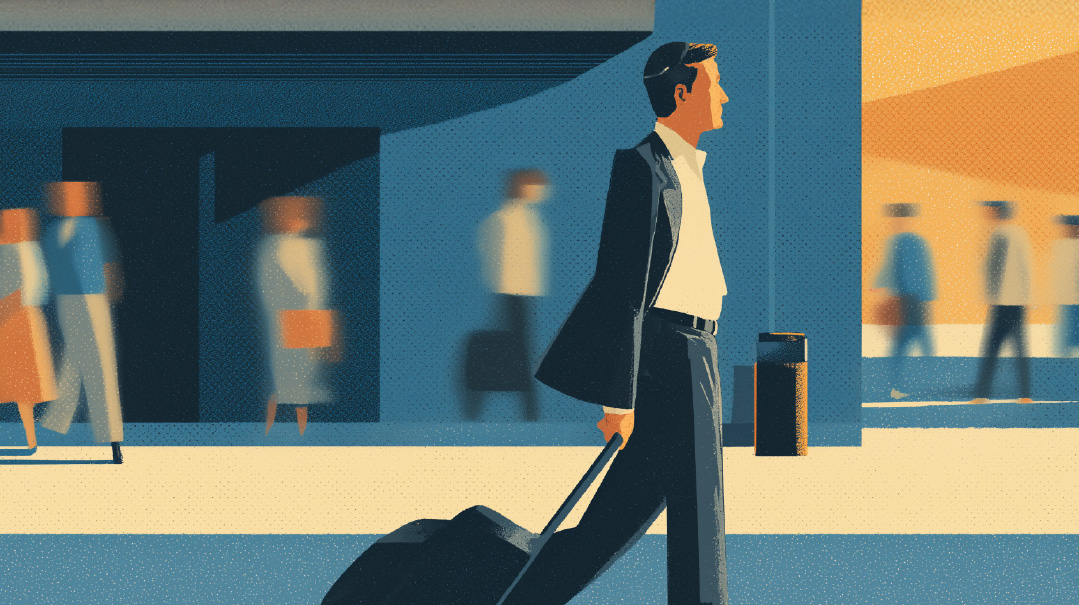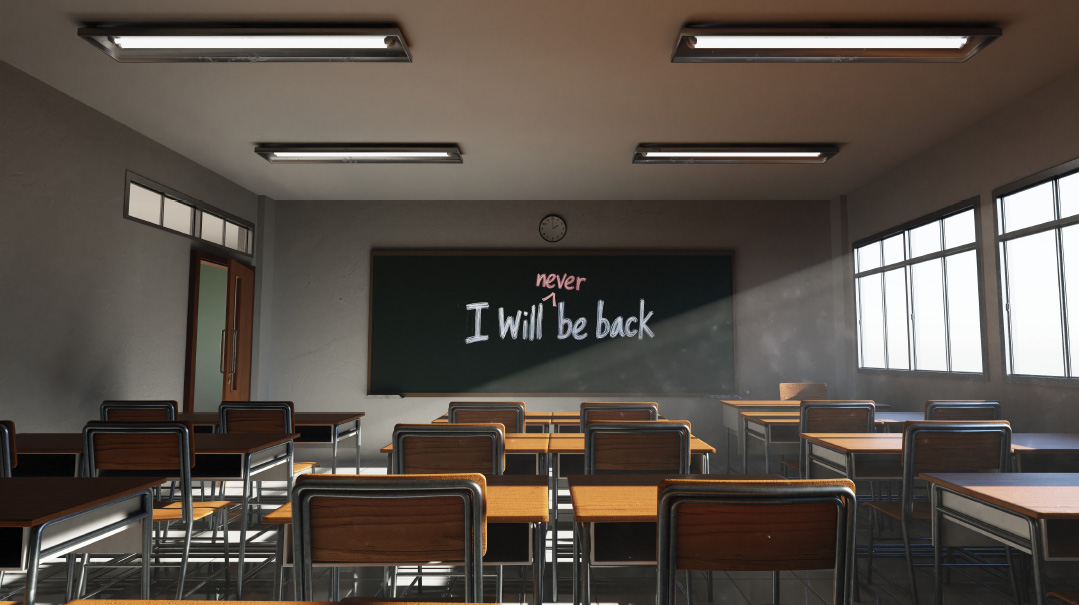Family First Inbox: Issue 930

“An important point was missing from the article... there was no mention of a conventional medical evaluation”

Get It Checked Out [What A Pain / Issue 928]
Kol hakavod to Racheli Lebovics and Family First for shedding light on the important phenomenon of neuroplastic pain. The approach described in the article is, unfortunately, under-recognized by conventional Western medicine. Mind-body treatment is both empowering and effective in addressing many cases of medically unexplained pain.
That being said, an important point was missing from the article. While the author described Rivka’s visits to a chiropractor and naturopath, there was no mention of a conventional medical evaluation. It’s critical to first rule out structural lesions or other underlying conditions that may be causing pain and require treatment. This should be done through a conventional medical doctor who can thoroughly assess the painful area and order appropriate diagnostic testing to rule out serious structural issues.
As the saying goes, “When in doubt, check it out!” Once a medical evaluation has ruled out any serious illness, mind-body strategies can and should be implemented.
I have personally seen several patients who initially assumed their pain was neuroplastic, only to later discover — through careful diagnostic testing — that a serious medical condition was the underlying cause.
Tzipora Wolff, MD
Internal Medicine and Women’s Health
Bishvilaych and Leumit Health Services
It Isn’t All in the Head [What a Pain / Issue 928]
The article featured Rivka, who suffered from chronic pain and was cured of it through a mind-body approach. But pain isn’t all in the head! Most people are deficient in vitamin D (D3 is the most absorbable). It should be taken with K2 and magnesium to help with absorption. Few people get enough magnesium in their diet, which is needed to build strong bones and calm the nervous system. The best form is magnesium glycinate. Calcium can be gotten from foods like broccoli and techinah. Another product that helps the joints is MSM — methylsulfonylmethane — 1000 mg. Due to all the pesticides and junk foods, people are very deficient in these minerals.
Miriam Adahan
More than Mind over Matter [What a Pain / Issue 928]
In the cover story “What a Pain,” a woman named Rivka describes how she overcame her chronic pain with a self-help book.
The article begins by describing the pain in her wrists, which became so significant that she would cry from pain when feeding her baby.
After a quick Google search, she self-diagnosed as having “Mommy wrist,” a.k.a. De Quervain’s tenosynovitis. She “followed the advice she saw online” (Dr. Google), using pillows, a wrist brace from CVS, and Advil, and she also saw a chiropractor. To heal herself of past pains, she had “tried them all,” including the use of “supplements, chiropractic, acupuncture, and craniosacral therapy,” but all to no avail.
Had she not once consulted with an MD for all of her aches and pains?
Furthermore, she realized that her wrist pain while nursing her baby or chopping vegetables was a “conditioned response,” and she was determined to heal herself through the advice in the book she read.
In Rivka’s case, her pain subsided through PRT — pain reprocessing therapy — so that after a few weeks, her “wrists felt great,” and she was able to do all the things she needed to do. “She even got back to push-ups in her weekly workout class.”
This is one woman’s story, but presented as an authoritative voice on the issue.
This article is misleading and a disservice to your readers.
In a stroke of interesting Hashgachah, the issue arrived at my door the very day I saw my MD/Surgeon for my post-op checkup for surgery due to De Quervain’s tenosynovitis in my left wrist.
To help me understand what was going on, at my initial consult/exam for pain in my wrist the doctor explained to me that with De Quervain’s tenosynovitis, the two tendons of the wrist that connect the muscles to the wrist bones become inflamed, and no longer fit into the tubing through which the tendons run (how complex and wonderful is the human body Hashem created!). When the tendons no longer fit into their sheath, moving the wrist causes friction, which leads to great pain. Left untreated, the pain can spread all the way up the thumb, as well as up the forearm, and mobility of the wrist can be lost.
The doctor did a physical exam (there is a specific test to confirm if one has De Quervain’s tenosynovitis, where the patient makes a fist with the thumb tucked in, and attempts to move the wrist up and down. One who has De Quervain’s tenosynovitis cannot move the fist down, due to immediate pain) as well as an X-ray to confirm that nothing else was wrong with my wrist, baruch Hashem.
Furthermore, my MD explained that wearing a brace does not help.
I first received a cortisone-steroid shot, which alleviates the problem in about 80 percent of patients. I was in the remaining 20 percent. A couple of months later, I had surgery to correct the problem. It is ambulatory surgery (in the OR, under general anesthesia); it was done Friday morning, and I was home in time for Shabbos.
I had surgery 14 days before your article arrived, and my stitches baruch Hashem were removed the day your article arrived.
Rivka used many alternative methods for her healing, however, never once did the article note that she consulted an MD. Furthermore, she self-diagnosed with a quick Google search.
I don’t know if she actually had De Quervain’s tenosynovitis or not, but to imply that it can be healed through “mind over matter” is misleading and a disservice to other readers who may be suffering with wrist pain and may attempt to heal themselves with a self-help book. Left untreated, the damage can become permanent/worse.
Hashem created a beautiful, complex, intricate and miraculous body, and pain is the body’s way of telling us something is not right. As His shlichim, He gave permission for a doctor to heal. The pasuk tells us: “V’rapoh yerapei — heal, he shall surely heal” (Shemos 21:19). Chazal comment: “Mikan shenitein reshus larofeh lirapos — from here we learn that permission was given to a doctor to heal” (Bava Kamma 85a).
May all in need merit complete refuos, and may Hashem send a national healing to His nation and Land.
Michal Horowitz
Woodmere, NY
We Must Do More for Them [Single Moms, Growing Sons / Issue 926]
In response to the article about the challenges of single mothers raising sons alone, I felt that the article portrayed the level of communal support in too positive a light. My experience has been that single mothers and their sons are pretty much a fragmented “community” of their own — without a voice.
In the large frum community I live in, there’s definitely an aura of shame around single moms and their kids. They’re not applauded and often not encouraged for their double parenting and extra efforts to keep the home fires burning.
I wish there was more discussion around this.
These women are heroes!
There are no volunteer organizations in my large frum community that address the needs of these boys, who often have no role model, and the price charged for mentoring is usually above and beyond what single moms who are typically running a home on a very tight budget can afford. (There is no life insurance or Areivim or fundraisers for these kids, known colloquially as “living yesomim.” Apparently, sons of absent fathers don’t have the same needs as orphans. Who knew?)
Not all single moms raising boys have supportive family members, grandparents, or rabbanim, and many struggle to find appropriate men to ask to walk their son to shul/keep an eye on them during davening/learn with them at Avos U’banim, etc.
For some reason, few compassionate people seem to notice these children. Some single moms end up paying for all the above while some boys just stop attending events as it gets too complicated.
Predictably and tragically, a number end up falling through the cracks.
A single mom has so many situations where she needs to step up and impossibly, be both parents. Her life is often a crazy juggling act, and some specific bits really have the power to crush.
Let’s just take Yom Tov, for example. Seder night. What happens to the single moms who don’t get invites and can’t afford to go to a hotel or travel to family? Succos. Who will put the succah together, and if her kids are young and excited about Yom Tov, please don’t tell her, “You don’t need a succah.” She feels small enough. Not to mention her walk of shame into the store to buy arba minim and hoshanos, the only woman in a sea of black hats, and all eyes turn to staaaare. Simchas Torah. What to do? Keep her little boy with the ladies? Everyone seems to have their own boys or be busy. Shabbos. What happens when her ten-year-old needs to be walked to shul because its dark and scary, but the little ones can’t stay home alone?
Who will go over his Gemara homework with him?
What happens in bigger families, when the mother can’t sit and learn Gemara because she has several little ones to take care of?
We need more responsible individuals to step up and help these kids recognize their true value. To pick up a phone and offer time and assistance. Because right now there are too many cases where I know it ain’t happening.
Many of these young boys are doing an admirable job, shouldering a portion of the responsibilities of the man of the house, walking into a shul alone day after day, jaws clenched, no father’s presence to guide or lead or take pride in them.
It hurts.
It’s heartbreaking and I’d like to suggest it’s incumbent on us to step up and be there consistently for them.
Other than that, I’d suggest any single mom raising boys or girls alone in our frum communities deserves a medal and to have her name in lights.
C. Frankel
It Increased Stigma [Family Reflections / Issue 926]
In the last couple of years Family First has invested a lot of effort to promote mental health awareness and combat stigma associated with seeking help from mental health professionals. I was therefore extremely disappointed and confused to see Family First publish an article by Mrs. Radcliffe in which she states that psychotherapy and popular media have spread the idea that estrangement can and should be used to end “toxic” relationships.
Firstly, lumping together psychotherapy and popular media is extremely simplistic and misleading. They’re not the same thing.
Second, this is a gross overgeneralization that is simply not true. A competent psychotherapist seeks to help clients maintain relationships whenever possible. When there is a cutoff, it’s often much more complex than Mrs. Radcliffe portrays and it would be much more beneficial to encourage people to look at these issues with that perspective, which is the opposite of black-and-white perspectives that lead to behaviors such as cutoffs.
Third, this statement is extremely dangerous as it contributes to ungrounded fear of psychotherapy, reinforcing stigmas, and preventing people from seeking much-needed help. While there are some psychotherapists who have unhealthy agendas that they push on people, this is the exception, and Mrs. Radcliffe would be more helpful to people by educating them about how to avoid this issue when seeking professional help. Mrs. Radcliffe encourages people to seek professional help with this issue at the end of her article; however, her statements in the beginning of the article are likely to push people away from the very help she’s encouraging.
Name Withheld
Sarah Chana Radcliffe responds:
The article was on the topic of the increase in recent years of estranged parent-child relationships. It refers to situations in which cutting off a relationship with one’s parents is “not absolutely necessary.” Unfortunately, there are times where a child, after consulting with his rav, will regretfully need to adopt this very painful solution to a very painful situation.
However, not all people who consult with a therapist go on to consult with their rav and like it or not, there are therapists, family members, friends, colleagues, and strangers on social media who do influence us via their advice and opinions. The article was research-based, meaning I searched in the secular research literature for the reasons for the increase in estranged relationships. Therapists were listed as one important cause (and the other causes were outlined in the article).
This doesn’t mean that we shouldn’t consult therapists or talk to our friends. It means that when we receive advice to conduct ourselves in certain ways that will affect the lives of others, we should get “a second opinion” from our rav. We need therapists to give us tools and use psychotherapeutic interventions to reduce our negative thoughts, troubled feelings, unhealthy behaviors, and more; therapy helps us get well, stay well, and live well and, as I’ve stated previously, it is a gift in our times from Hashem. I myself am a psychologist in full-time practice!
But we need to be aware that the culture around us always affects us and the only stable anchor we have to hold on to is the Torah perspective. The article was meant as a cautionary tale.
(Originally featured in Family First, Issue 930)
Oops! We could not locate your form.




